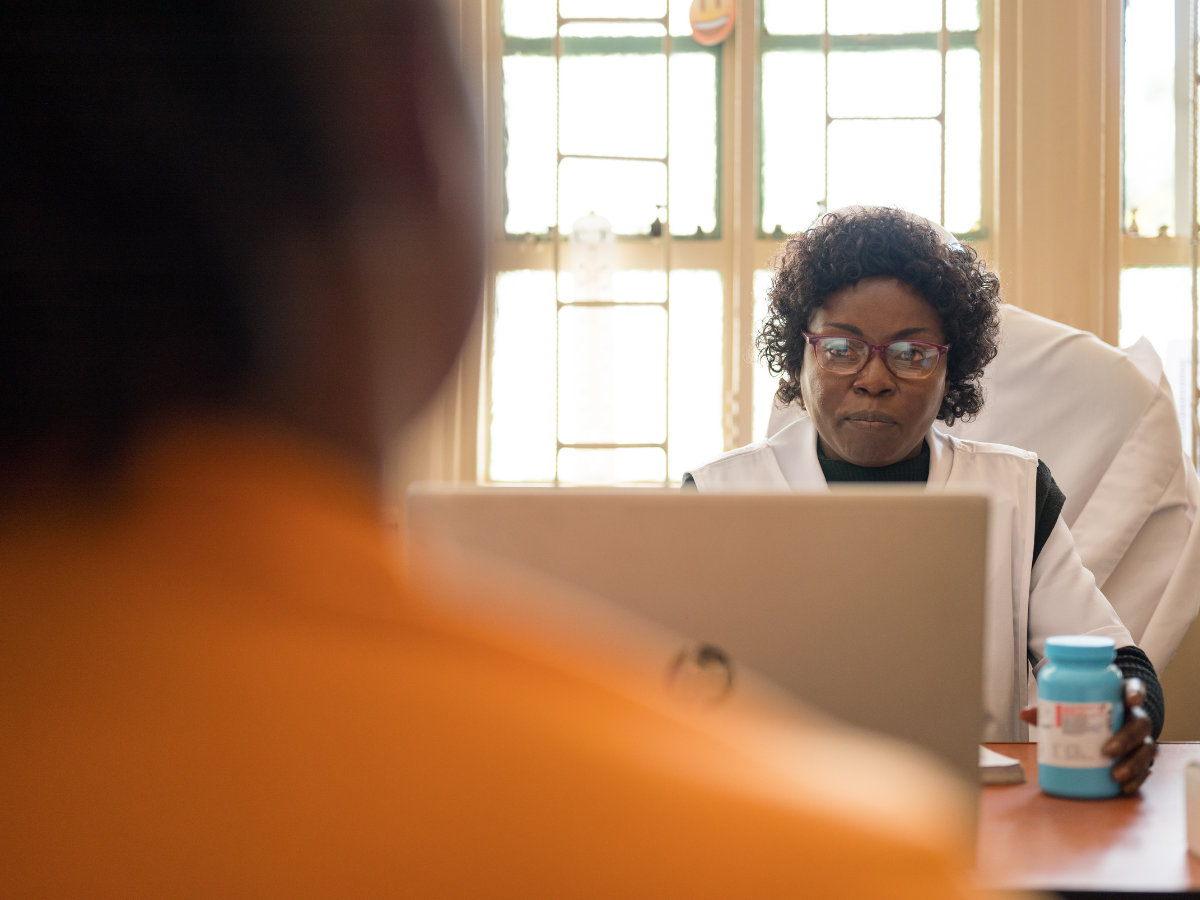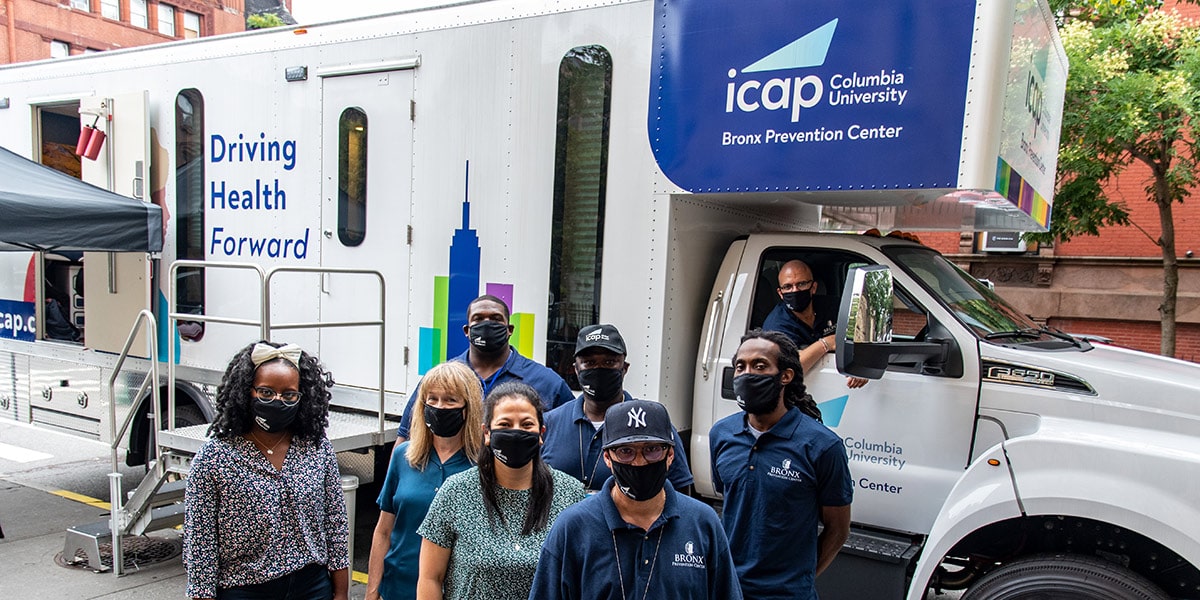The first biobehavioral survey (BBS) among people who inject drugs (PWID) was conducted in three towns in Zambia from November 2021 to February 2022. The BBS estimated the prevalence of HIV, recent HIV infection, active syphilis, hepatitis B (HBV), hepatitis C (HCV), HIV viral load suppression (VLS), and risk behaviors, as well as progress towards the UNAIDS 95-95-95 targets. The population size of PWID was also estimated. The BBS was led by ICAP at Columbia University, in collaboration with the Zambia National HIV/AIDS/STI/TB Council (NAC) and the Tropical Diseases Research Centre (TDRC), with support from the United States Centers for Disease Control and Prevention (CDC).
Major conclusions from the survey include:
- Consensus estimates by site found that in the 6 months before the survey, PWID accounted for 0.24%-0.93% of the population of each of the survey districts. The number of PWID (1,500-7,500) was greatest in Lusaka and represented about 0.24% of the district population. In Livingstone, the population size estimate (PSE) was between 900-1,900 people, which represented 0.93% of the district population. In Ndola, the PSE was between 1,600-2,900 people, representing 0.56% of the district population.
- HIV prevalence among PWID was 7.3% in Lusaka, 10.2% in Livingstone, and 21.3% in Ndola. HIV prevalence varied by sex in Livingstone, where it was 42.4% among women compared with 6.0% among men; and in Lusaka, where HIV prevalence was 48.6% among women compared with 5.7% among men. In Ndola, HIV prevalence was 28.8% among women and 15.2% among men.
- Viral load suppression among PWID living with HIV ranged across the sites from 39.6% in Lusaka, to 55.3% in Ndola, and to 73.5% in Livingstone.
- There were no HCV infections found among men who inject drugs in Livingstone and Ndola, nor among women who inject drugs in Lusaka. HCV was detected among women who inject drugs in Livingstone (3.4%) and Ndola (0.9%) and among men who inject drugs in Lusaka (1.0%).
- Prevalence of active syphilis among PWID was similar in Livingstone and Lusaka (3.7% and 4.2%, respectively) but was more than twice as high in Ndola (10.8%).
- PROGRESS TO THE 95-95-95 TARGETS
• In Livingstone, 72.9% of PWID living with HIV were aware of their HIV-positive status, 100.0% of those who were aware of their HIV-positive status were on ART, and 100.0% of those on ART had VLS.
• In Lusaka, 66.0% of PWID living with HIV were aware of their HIV-positive status, 82.0% of those who were aware of their HIV-positive status were on ART, and 73.3% of those on ART had VLS.
• In Ndola, 61.9% of PWID living with HIV were aware of their HIV-positive status, 100.0% of those who were aware of their HIV-positive status were on ART, and 83.7% of those on ART had VLS.





